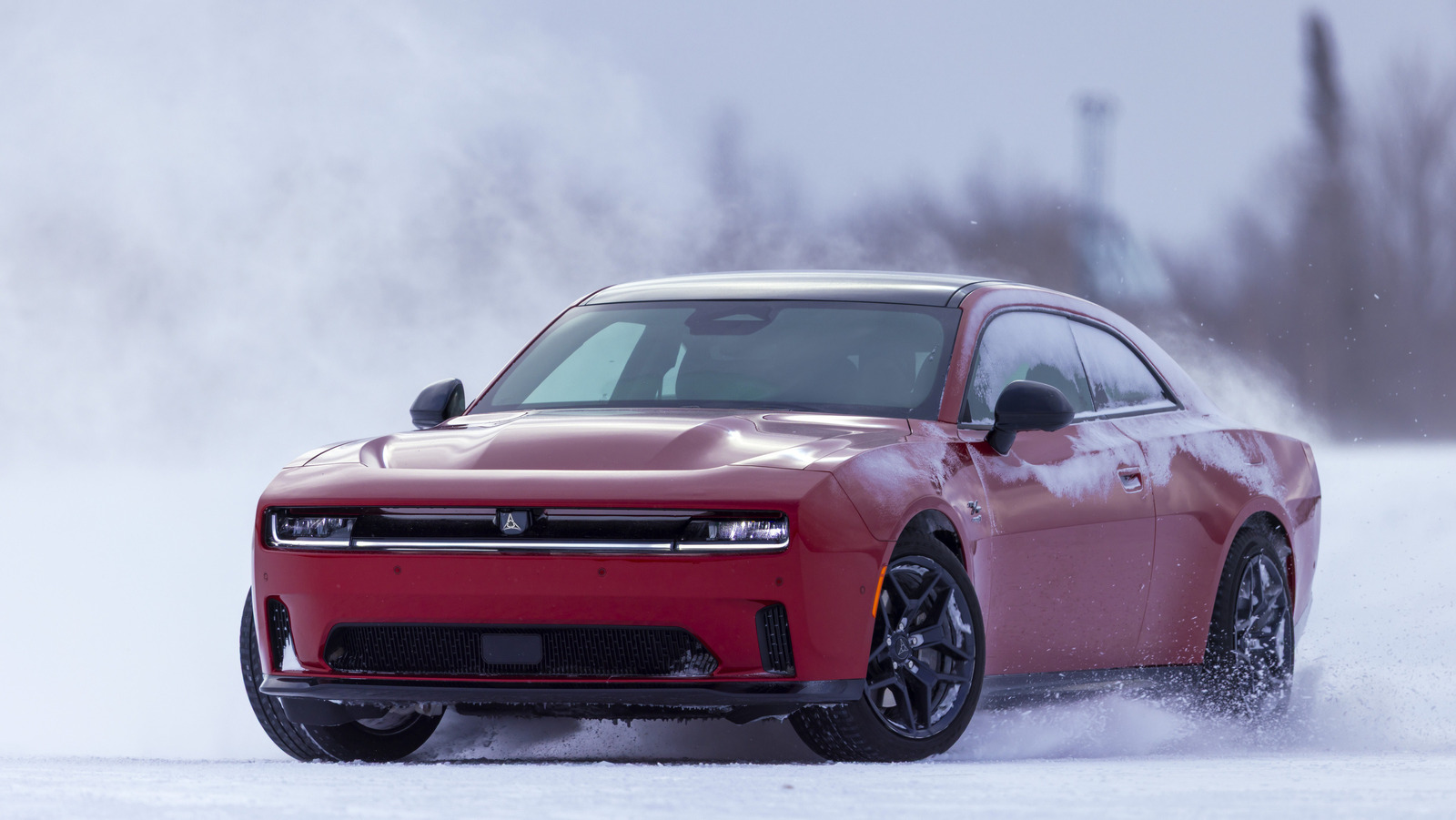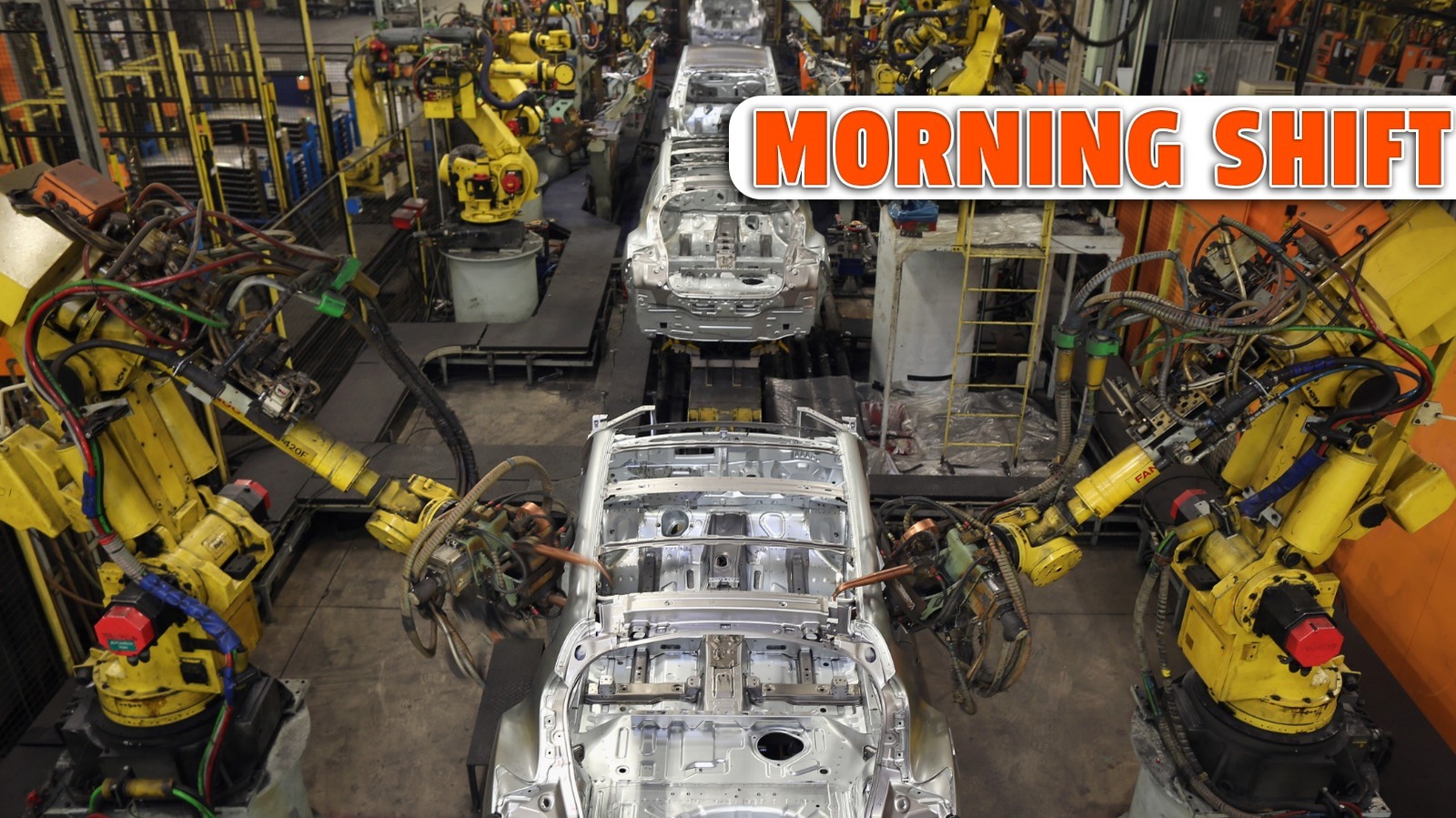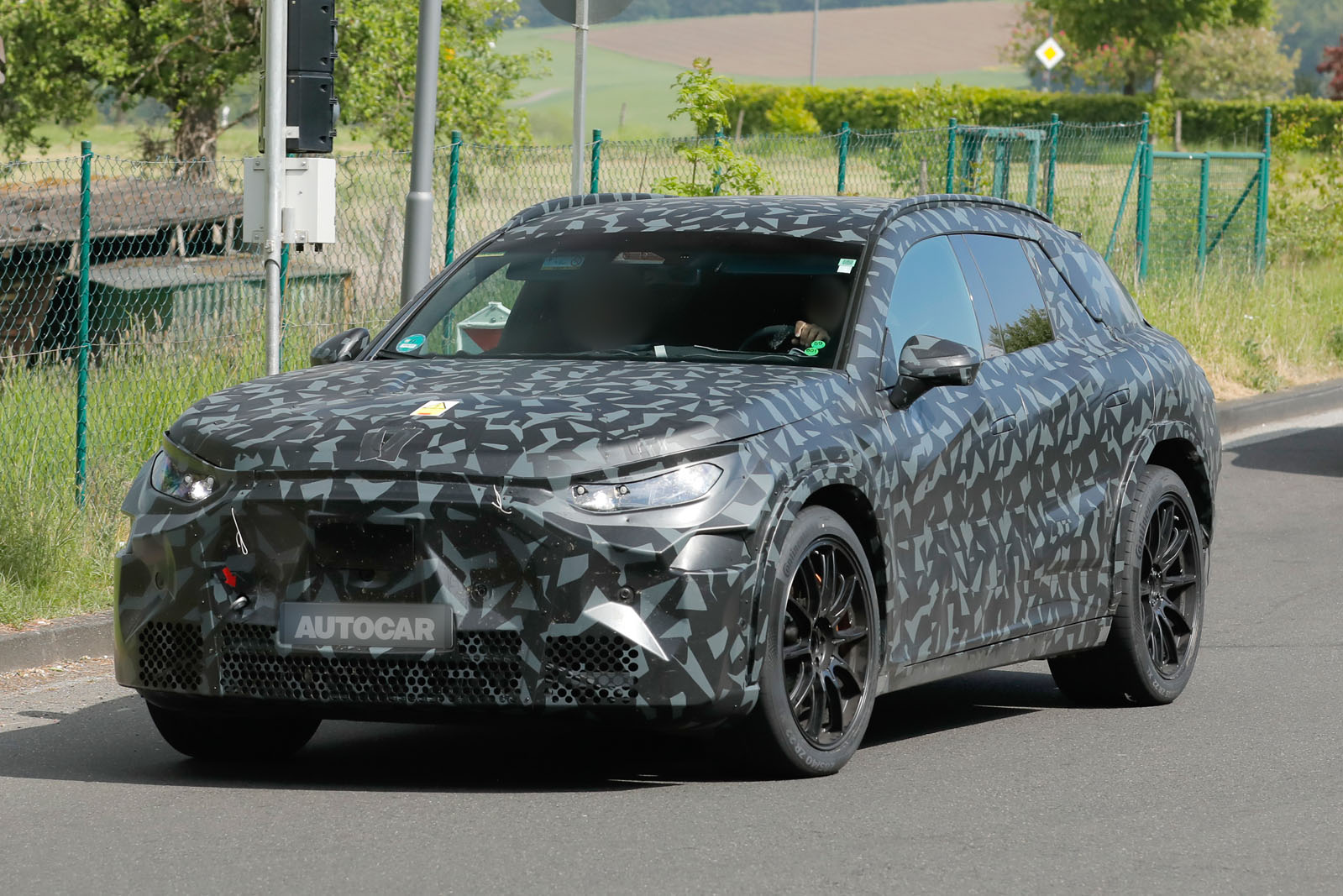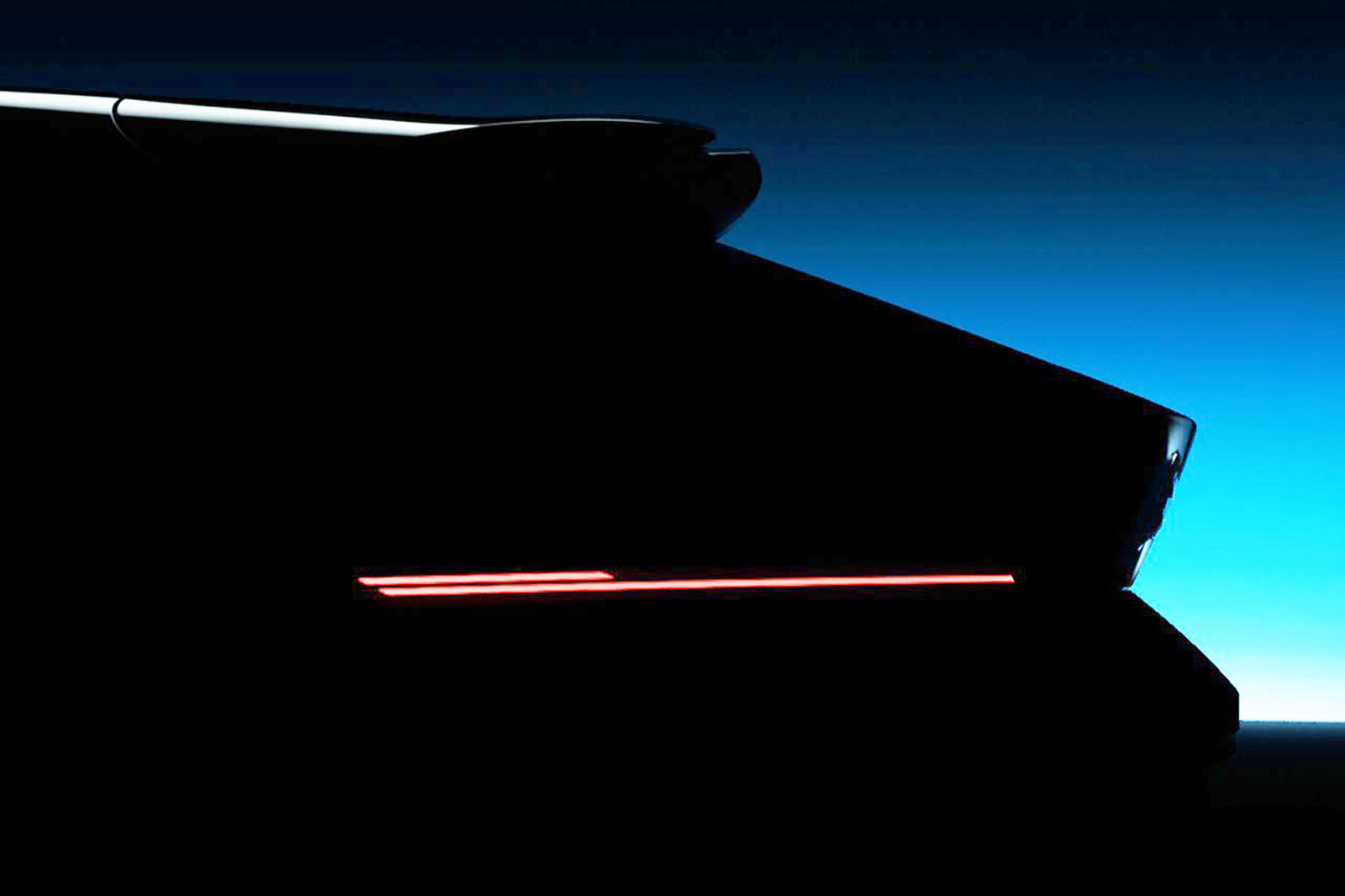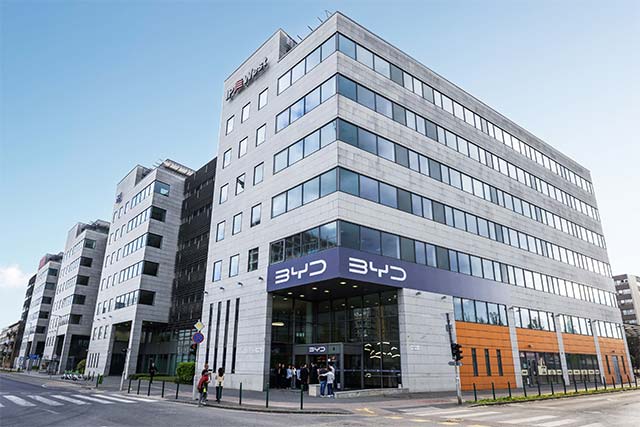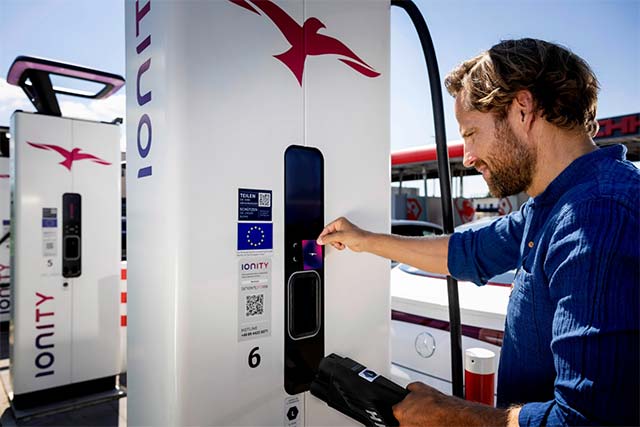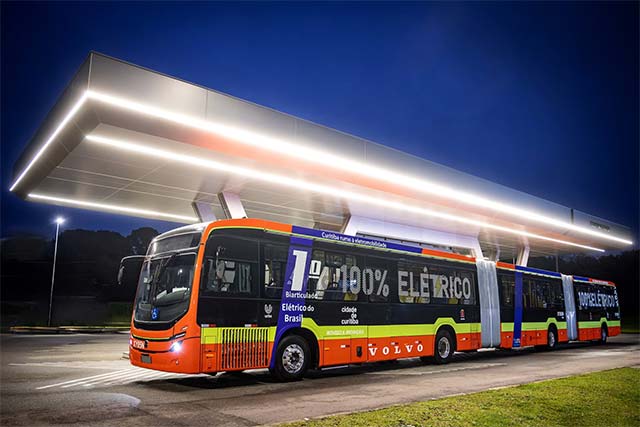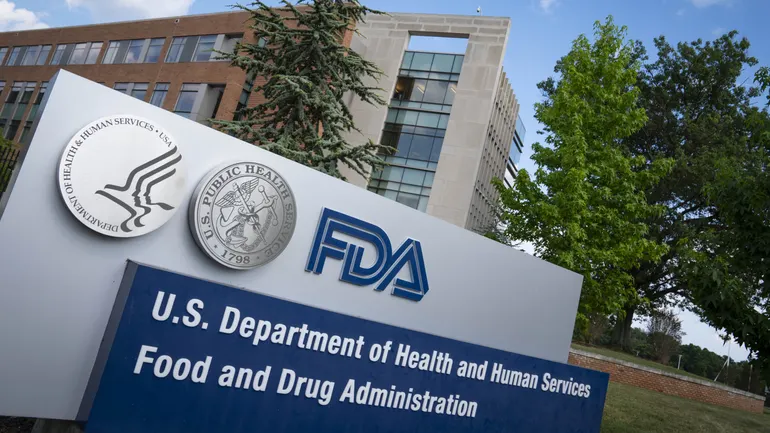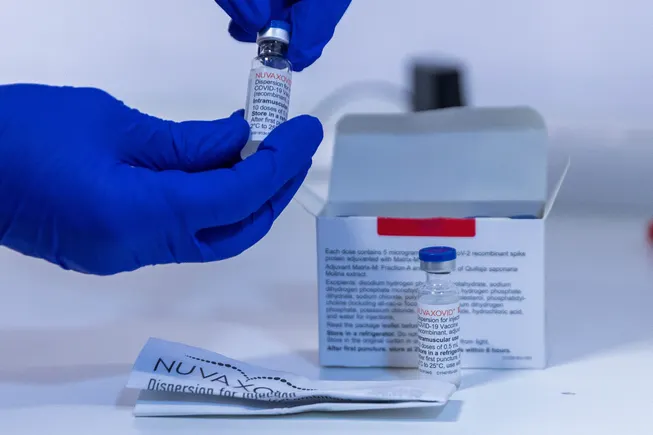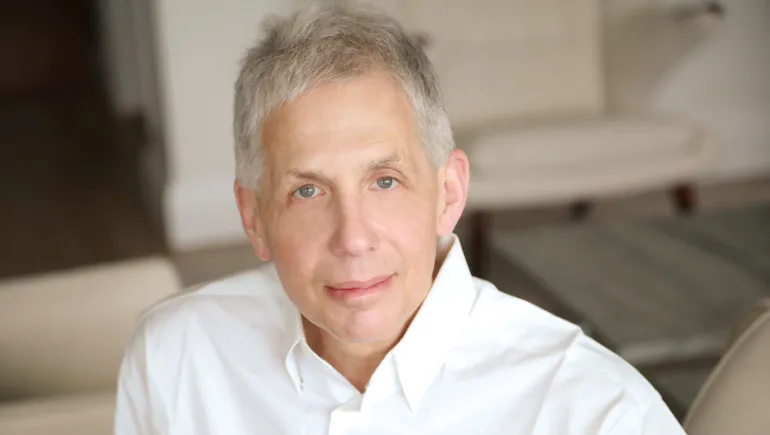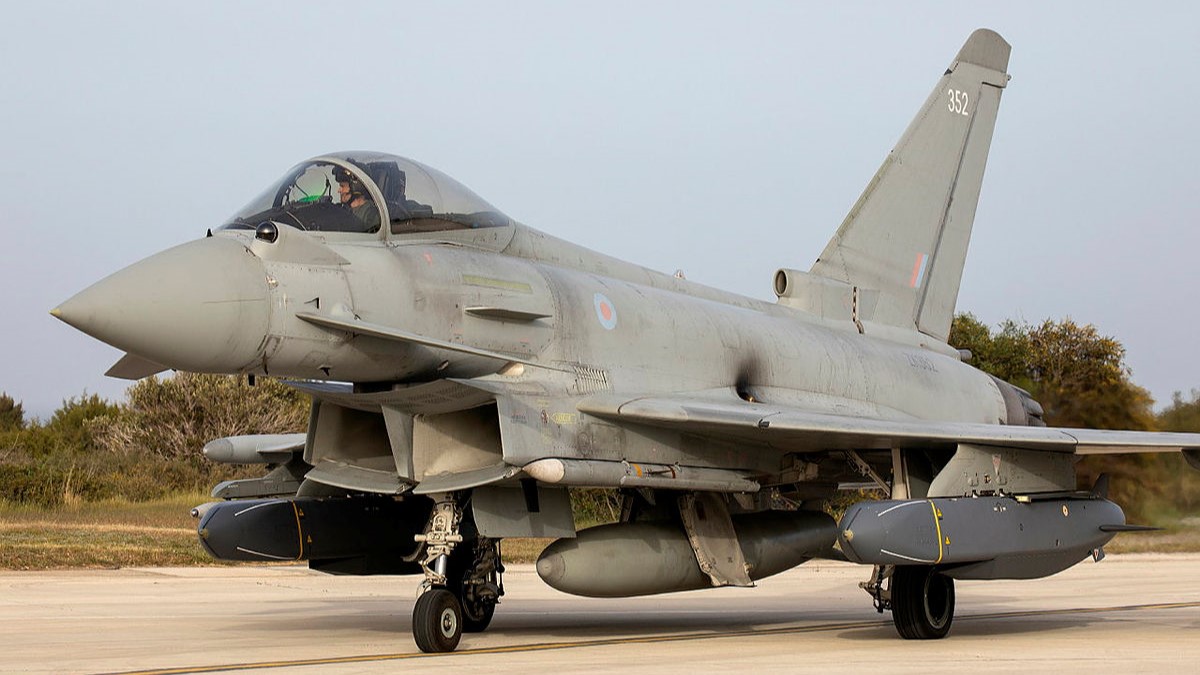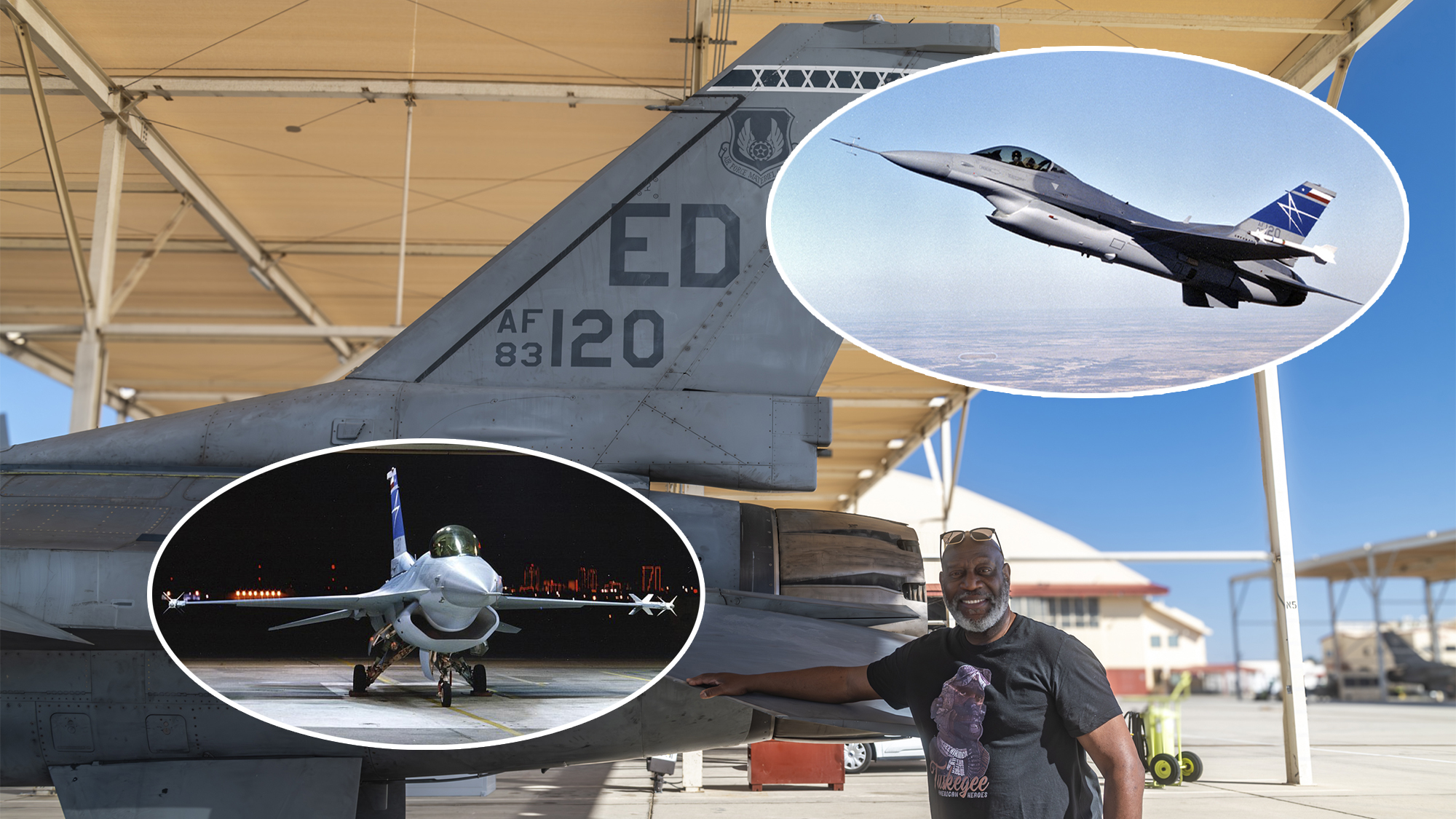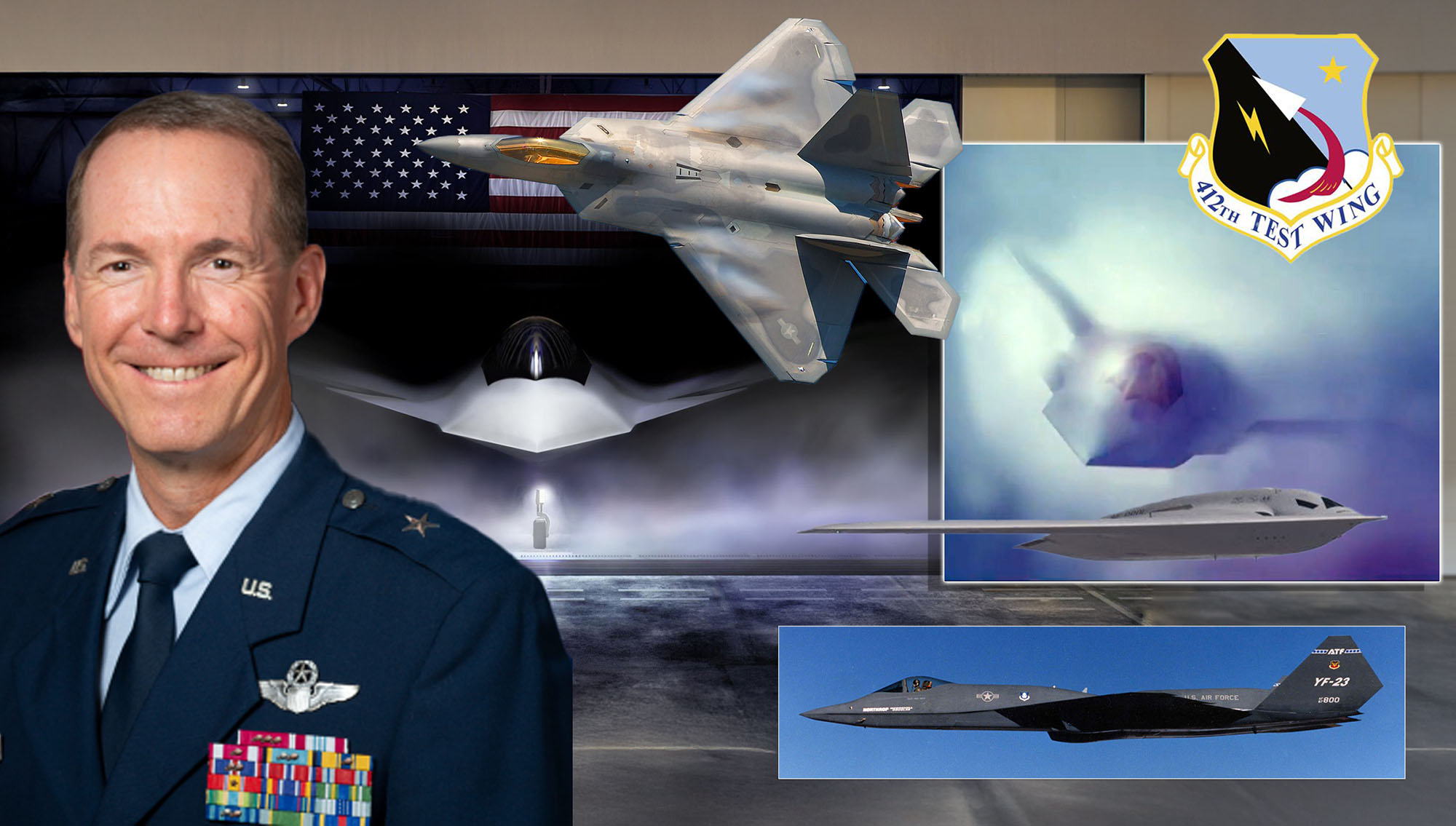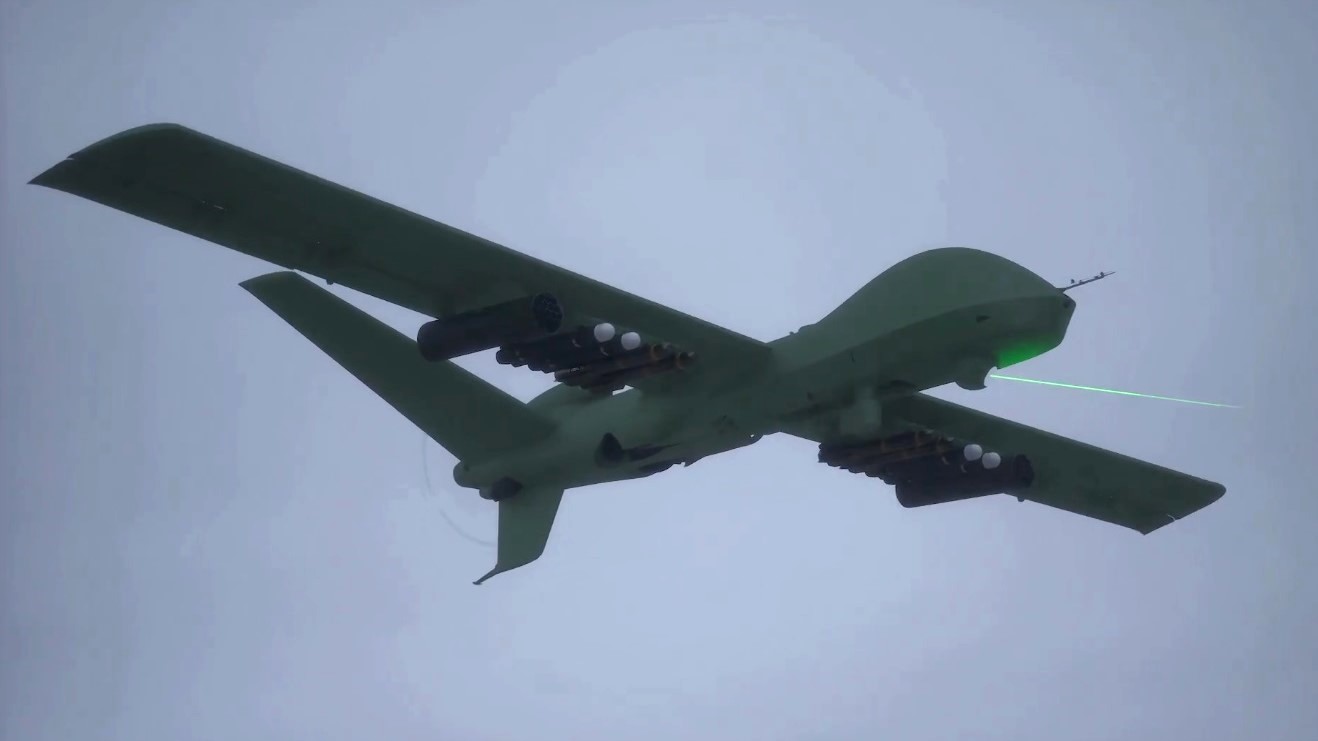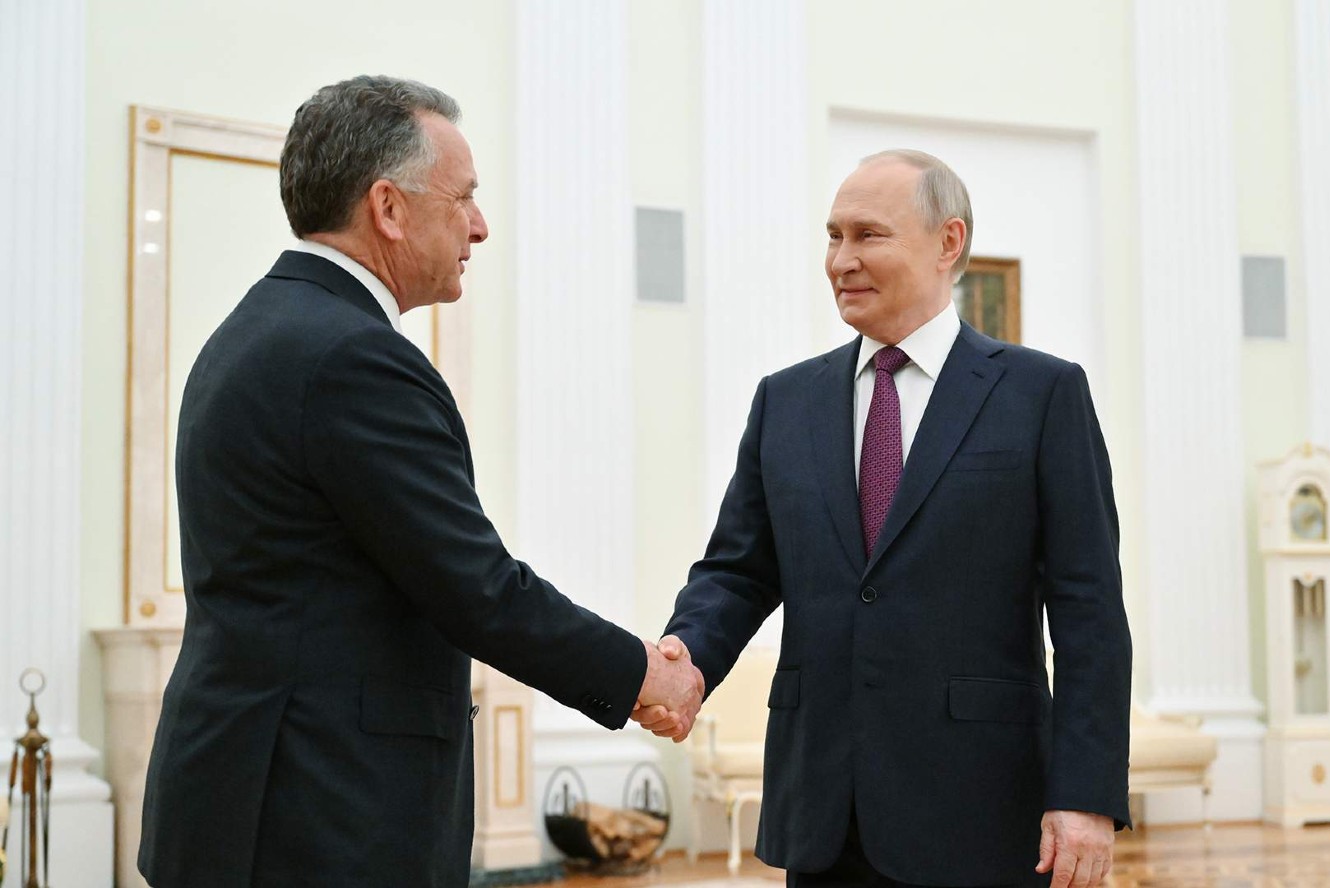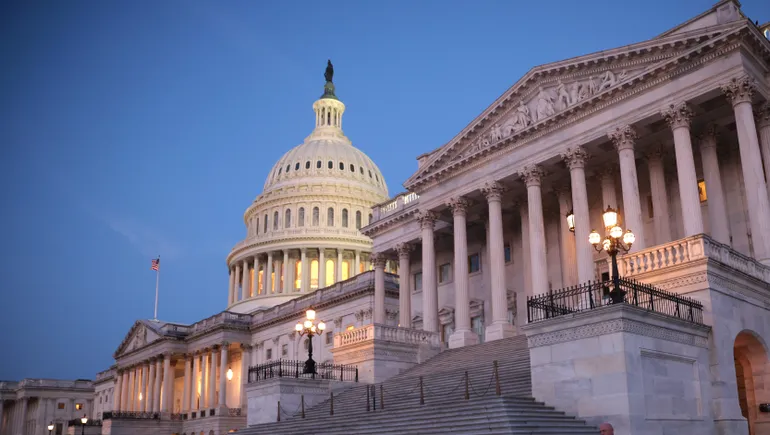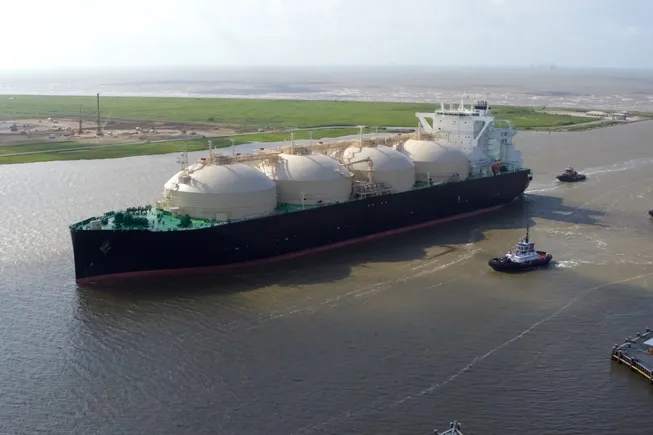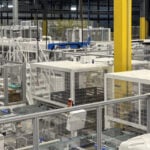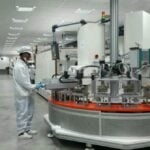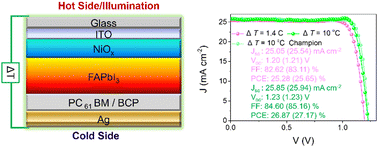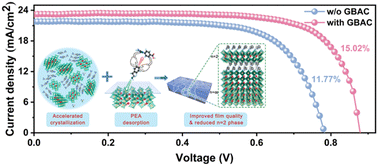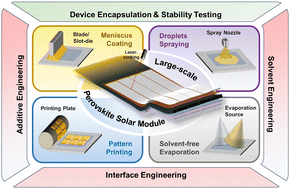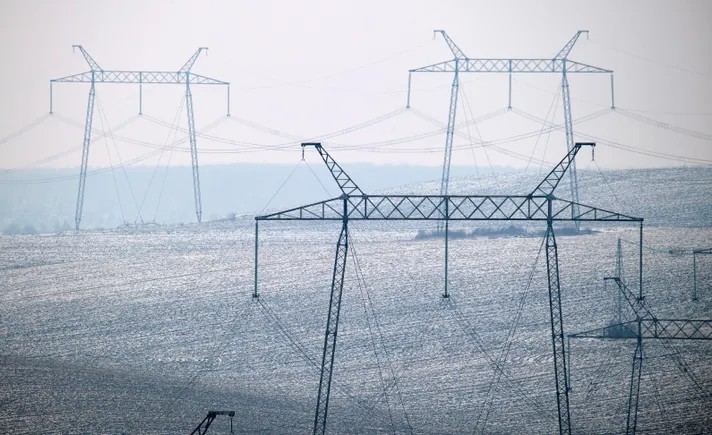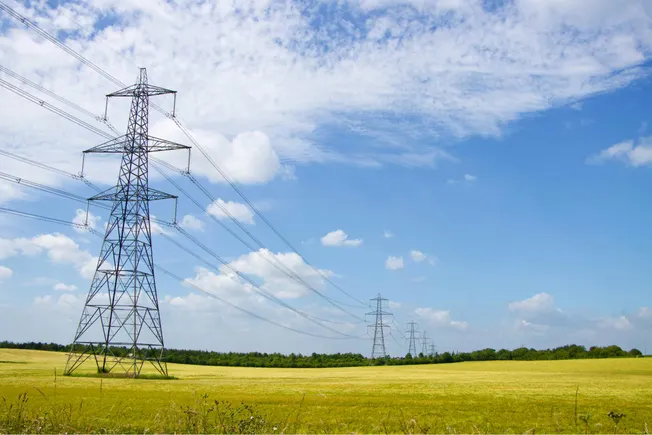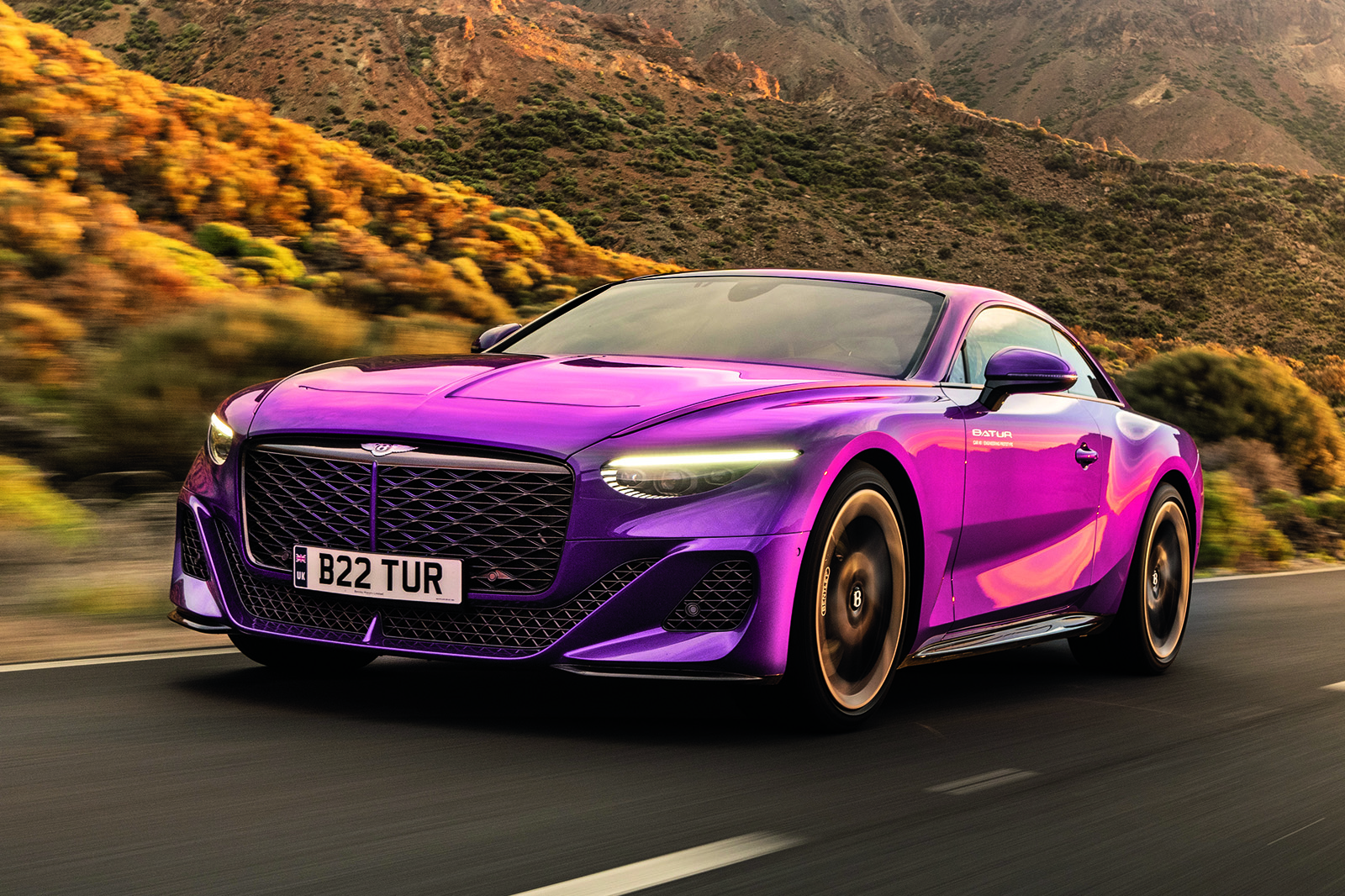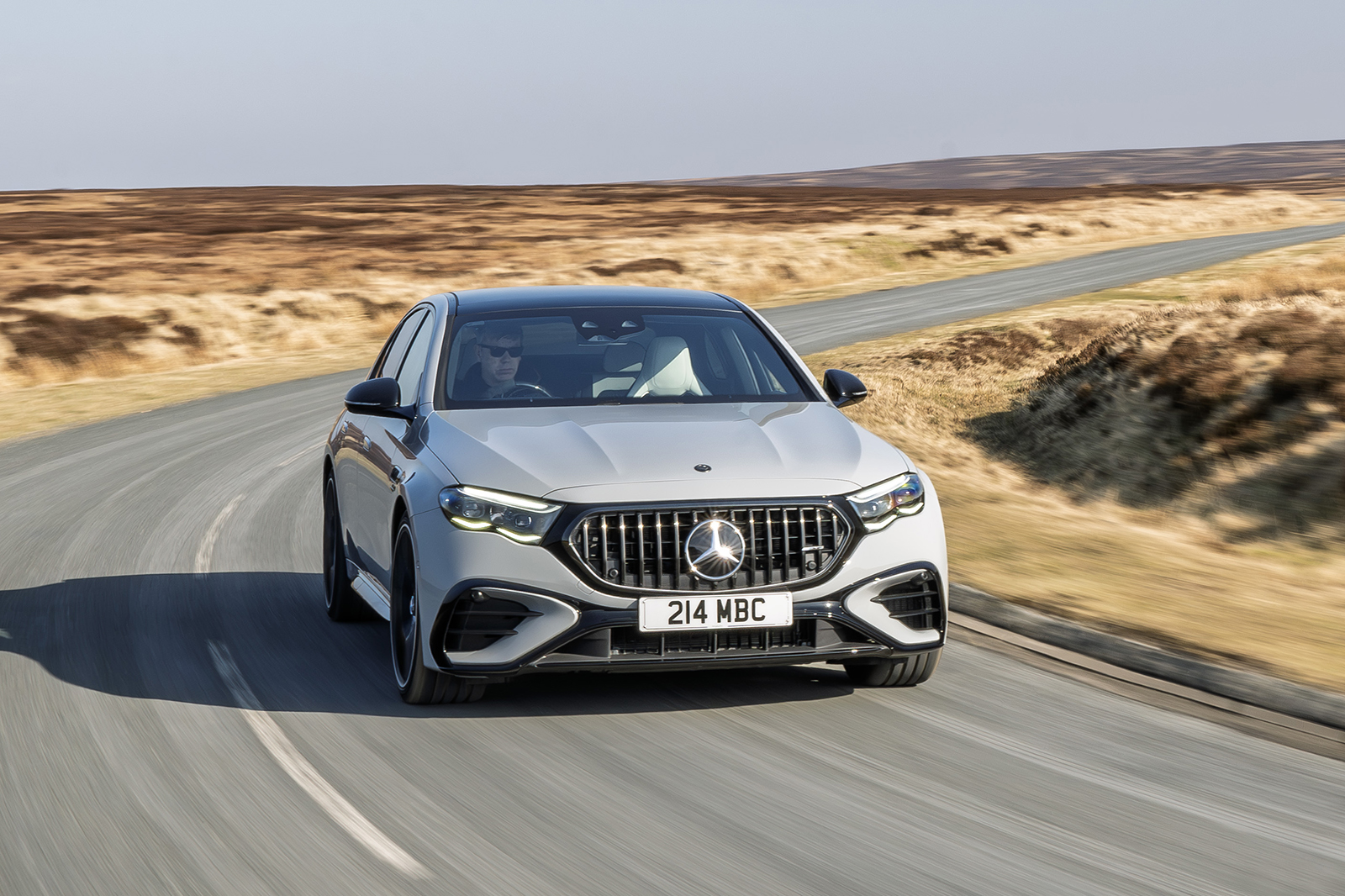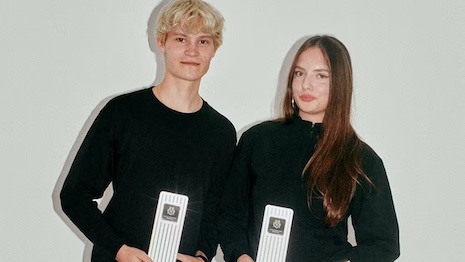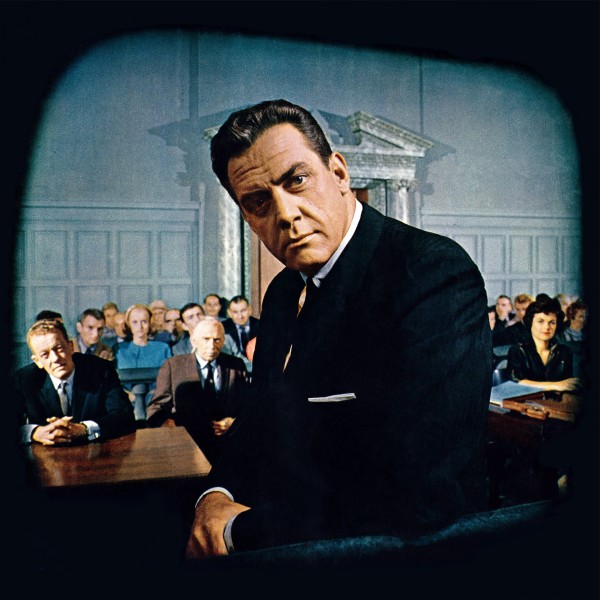The long and difficult gestation of the Bugatti Veyron
Anti-clockwise from top right: the EB118, EB218, 18/3 Chiron and 18/4 Veyron concepts After several concepts and €1 billion, the fastest and most powerful production car finally hit the road In 1998, Volkswagen bought the rights to the Bugatti brand from the bankrupted Italian firm that had given us the V12-engined EB110 supercar. Seven years and more than €1 billion later, we drove a Veyron for the first time. It was the fastest and most powerful production car the world had ever seen, by quite some margin, and it hit, if not exceeded, all of the targets that had been set – except for cost, because there was no constraint on that, and, despite it retailing for €1 million, Volkswagen allegedly lost €5m on each one. Or rather company supremo Ferdinand Piëch lost it, because the Veyron was his car through and through. The idea only came to fruition because his attitude was: “You will get it done, and if you can’t, you will be replaced by someone who can,” according to Chrysler chief Bob Lutz. But then the Veyron was never meant to be a money-making exercise. In our final issue of 1998, Peter Robinson commented: “Without Piëch’s astonishing assault into car territories once beyond the wildest fantasy of staid old VW, the task of writing Autocar’s weekly Grapevine column in 1998 would have been much harder.” Indeed, Piëch had tried to buy Rolls-Royce, Volvo Trucks, BMW, Cosworth, Lamborghini, Bentley and Bugatti all in that year, succeeding with the last four and setting about planning a sprawling new model range using monstrous engines. The world had its first glimpse of Veyron madness at the 1998 Paris motor show: the EB118, an ostentatious coupé concept with a 555bhp 6.3-litre W18 engine that “arose from a simple sketch [Piëch had] made on a serviette during a dinner”. Enjoy full access to the complete Autocar archive at the magazineshop.com At the 1999 Geneva motor show, even while Volkswagen’s W12-engined Syncro supercar was still on the cards, Bentley revealed an 8.0-litre W18 supercar of its own and Bugatti the EB218 concept, a saloon version of the EB118. The intention was for the brand to return to the market position it had enjoyed in its original pre-war form, so “Volkswagen insiders were buoyed that the Mercedes team developing their own limousine, the Maybach, awarded the EB218 ‘benchmark’ status after visiting Bugatti’s stand”, we reported. This was shortly followed by the 18/3 Chiron and 18/4 Veyron supercar concepts, which were much closer in style to what we know today. In 2000, though, it emerged that development of the W18 had slowed. “It seems the cost of having both 16- and 18-cylinder engines frightens even Piëch,” we suggested. Soon after we sampled the 18/4 Veyron on condition of silence, and the big boss told us: “We have the technology under control.” Clearly they didn’t, though, because only a few months later, the supercar evolved into the 16/4 Veyron. Instead of three banks of two three-cylinder engines in line, it had VR8s grafted together into a W16 – much simpler. Nevertheless, there were fears that the Veyron project had become too expensive, even for Piëch and even after all the other planned Bugatti models had been canned. Brand president Karl-Heinz Neumann, who was also in charge of the entire group’s powertrains, reassured us: “Volkswagen has the money. From the end of 2003 or the beginning of 2004, we plan to build 50 Veyrons a year – a total of 200.” But by August 2003, Neumann had been “given his marching orders”. “Despite the upheaval,” we said, “Bugatti officials deny the supercar’s performance claims will be scaled back. They say the four-wheel-drive Veyron will hit 60mph in just 2.9sec and top 252mph.” And upon launch in September 2005, the Veyron did so. In fact, it was even quicker, hitting 60mph in 2.5sec. We were delighted and quite relieved to be able to at long last experience “a peculiar cacophony that sounds a bit like two TVRs on full reheat plus an industrial-strength air hose” being “accompanied by mind-bending, heart-stopping acceleration, the like of which has never been felt before in a road car”.
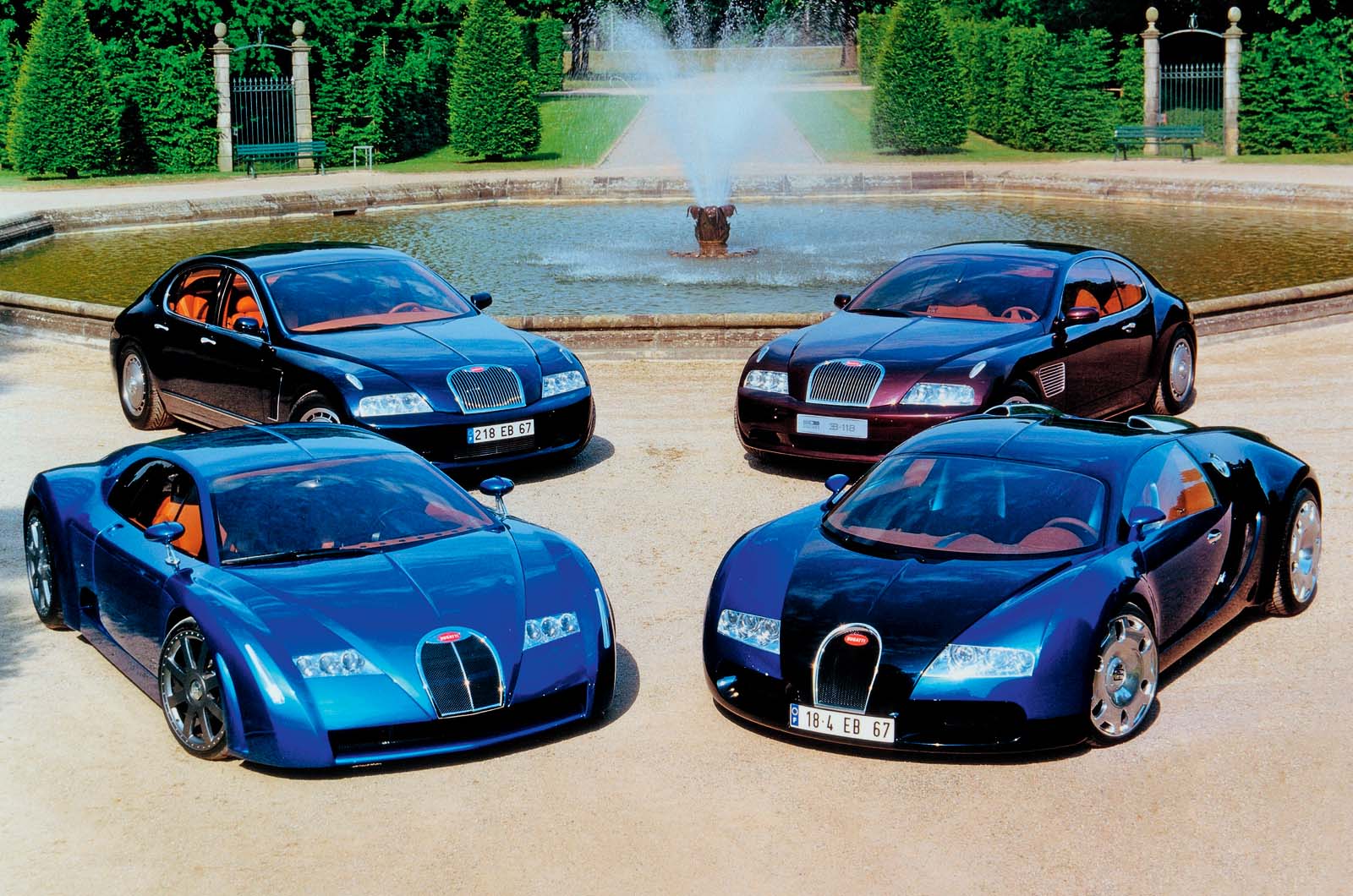

Anti-clockwise from top right: the EB118, EB218, 18/3 Chiron and 18/4 Veyron conceptsAfter several concepts and €1 billion, the fastest and most powerful production car finally hit the road
In 1998, Volkswagen bought the rights to the Bugatti brand from the bankrupted Italian firm that had given us the V12-engined EB110 supercar.
Seven years and more than €1 billion later, we drove a Veyron for the first time. It was the fastest and most powerful production car the world had ever seen, by quite some margin, and it hit, if not exceeded, all of the targets that had been set – except for cost, because there was no constraint on that, and, despite it retailing for €1 million, Volkswagen allegedly lost €5m on each one. Or rather company supremo Ferdinand Piëch lost it, because the Veyron was his car through and through.
The idea only came to fruition because his attitude was: “You will get it done, and if you can’t, you will be replaced by someone who can,” according to Chrysler chief Bob Lutz. But then the Veyron was never meant to be a money-making exercise.
In our final issue of 1998, Peter Robinson commented: “Without Piëch’s astonishing assault into car territories once beyond the wildest fantasy of staid old VW, the task of writing Autocar’s weekly Grapevine column in 1998 would have been much harder.”
Indeed, Piëch had tried to buy Rolls-Royce, Volvo Trucks, BMW, Cosworth, Lamborghini, Bentley and Bugatti all in that year, succeeding with the last four and setting about planning a sprawling new model range using monstrous engines.
The world had its first glimpse of Veyron madness at the 1998 Paris motor show: the EB118, an ostentatious coupé concept with a 555bhp 6.3-litre W18 engine that “arose from a simple sketch [Piëch had] made on a serviette during a dinner”.
Enjoy full access to the complete Autocar archive at the magazineshop.com
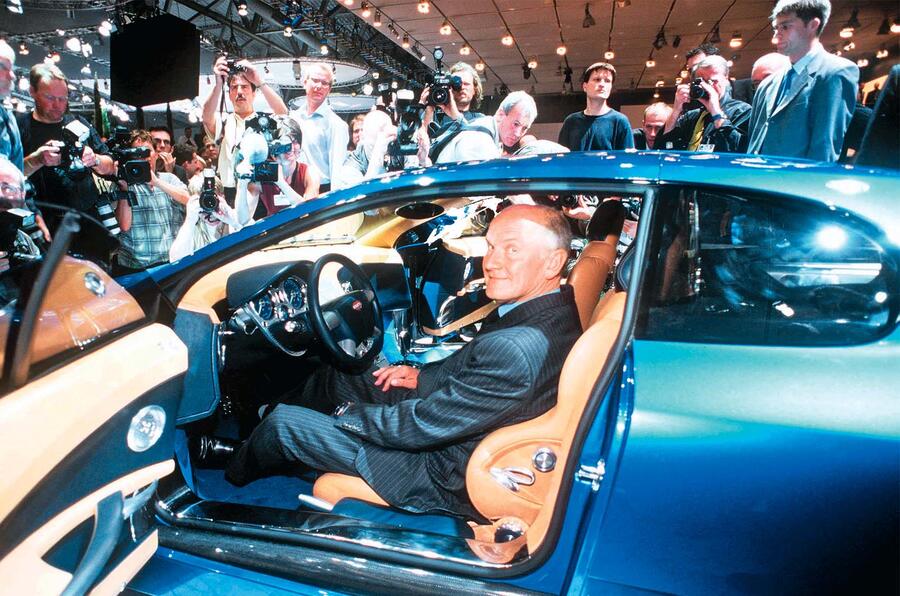
At the 1999 Geneva motor show, even while Volkswagen’s W12-engined Syncro supercar was still on the cards, Bentley revealed an 8.0-litre W18 supercar of its own and Bugatti the EB218 concept, a saloon version of the EB118.
The intention was for the brand to return to the market position it had enjoyed in its original pre-war form, so “Volkswagen insiders were buoyed that the Mercedes team developing their own limousine, the Maybach, awarded the EB218 ‘benchmark’ status after visiting Bugatti’s stand”, we reported.
This was shortly followed by the 18/3 Chiron and 18/4 Veyron supercar concepts, which were much closer in style to what we know today.
In 2000, though, it emerged that development of the W18 had slowed. “It seems the cost of having both 16- and 18-cylinder engines frightens even Piëch,” we suggested.
Soon after we sampled the 18/4 Veyron on condition of silence, and the big boss told us: “We have the technology under control.” Clearly they didn’t, though, because only a few months later, the supercar evolved into the 16/4 Veyron. Instead of three banks of two three-cylinder engines in line, it had VR8s grafted together into a W16 – much simpler.
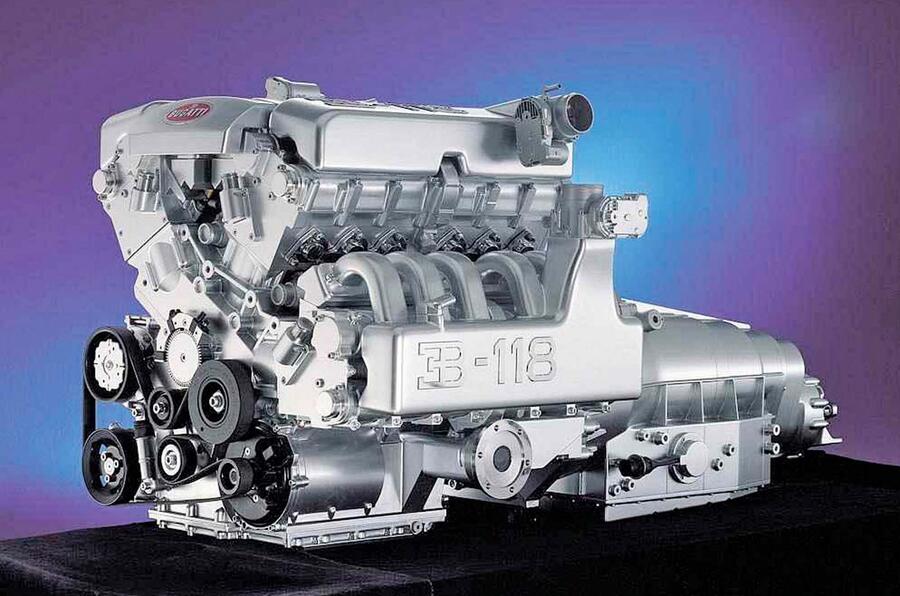
Nevertheless, there were fears that the Veyron project had become too expensive, even for Piëch and even after all the other planned Bugatti models had been canned.
Brand president Karl-Heinz Neumann, who was also in charge of the entire group’s powertrains, reassured us: “Volkswagen has the money. From the end of 2003 or the beginning of 2004, we plan to build 50 Veyrons a year – a total of 200.”
But by August 2003, Neumann had been “given his marching orders”.
“Despite the upheaval,” we said, “Bugatti officials deny the supercar’s performance claims will be scaled back. They say the four-wheel-drive Veyron will hit 60mph in just 2.9sec and top 252mph.”
And upon launch in September 2005, the Veyron did so. In fact, it was even quicker, hitting 60mph in 2.5sec. We were delighted and quite relieved to be able to at long last experience “a peculiar cacophony that sounds a bit like two TVRs on full reheat plus an industrial-strength air hose” being “accompanied by mind-bending, heart-stopping acceleration, the like of which has never been felt before in a road car”.











